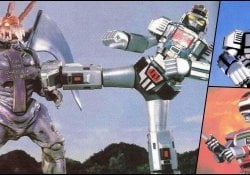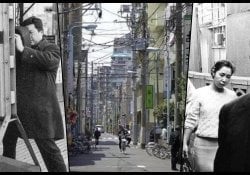Tenji [点字] is the Japanese word for Braille, the alphabet used by people with visual impairments that uses 6-point relief to represent letters and allow people to read them.
The Japanese word Tenji [点字] is literally a combination of dot and letter ideograms, so it is literally an alphabet of dots.
We recommend reading:
Índice de Conteúdo
The use of Braille in Japan
In Japan, Braille is widely used as an accessibility tool for people with visual impairments, allowing them to read and write independently.
It is common to find signs and labels with information in Braille in public areas such as restrooms and elevators, making these spaces accessible for all.
In addition, there are specific Braille printers and monitors for personal use, allowing visually impaired people to access information and communicate efficiently.
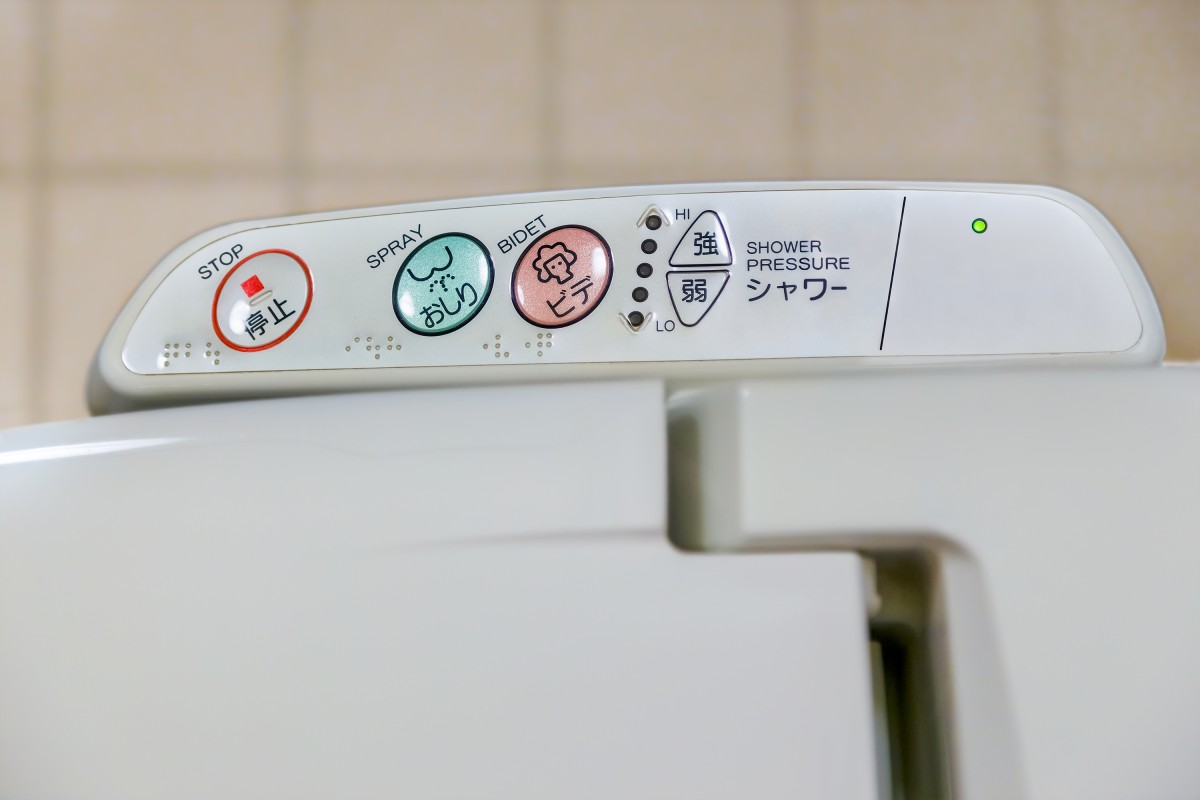
Japan also has a copyright law that allows the reproduction of published works in Braille, even during the period of copyright protection. This is amazing, as it allows all people to have access to information and to be able to communicate independently and inclusively, without depending on the authors to create the content.
In addition, in the streets of Japan, sounds are emitted in traffic signals so that the blind can identify the open and closed signal. Every floor is covered with yellow stripes.
Shampoo containers, paper packaging, prepaid card records, forms and many other objects from Japan are created with visually impaired people in mind.
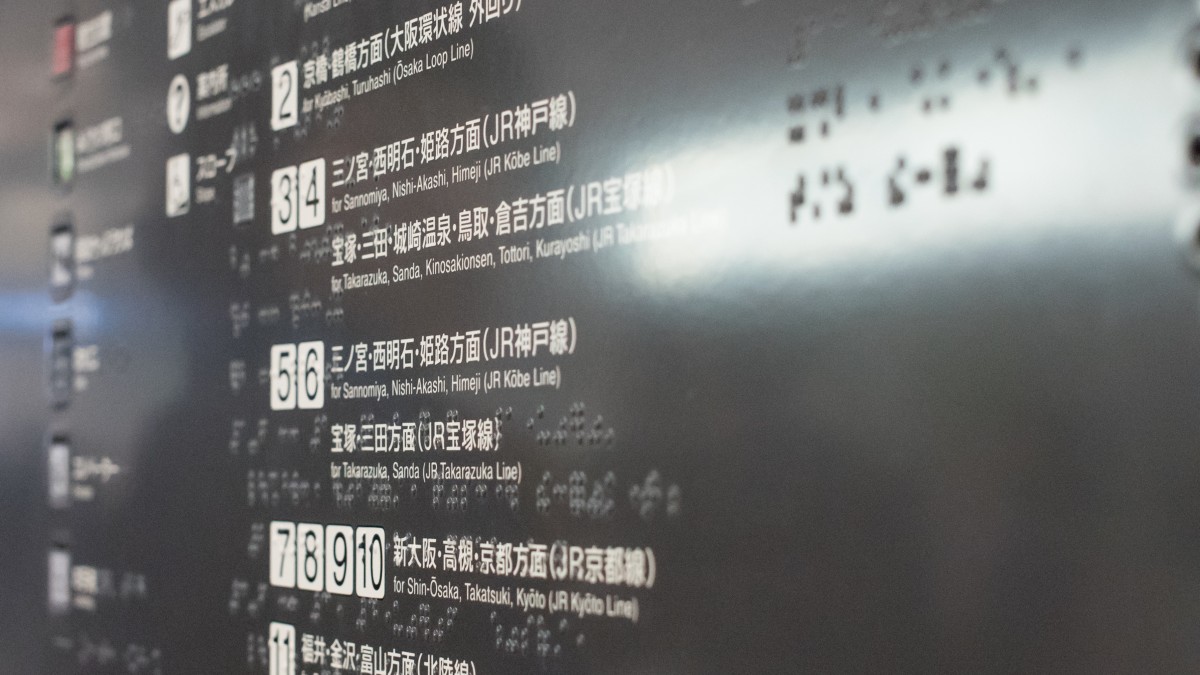
Yellow block on the streets of Japan
Have you seen those yellow blocks on the sidewalks and train stations in Japan? These blocks are used by the blind to walk their paths safely.
The first Braille pad was installed in Japan, invented by Seiichi Miyake in 1965 and developed on March 18, 1967 at the current intersection of Route 250 Haraojima Route in Naka-ku, Okayama.
There are two types of Braille blocks, a block aligned with straight lines (linear block) that indicates the direction of travel and a dot-shaped warning block (dotal block) that indicates the location of dangerous places and guided installations.
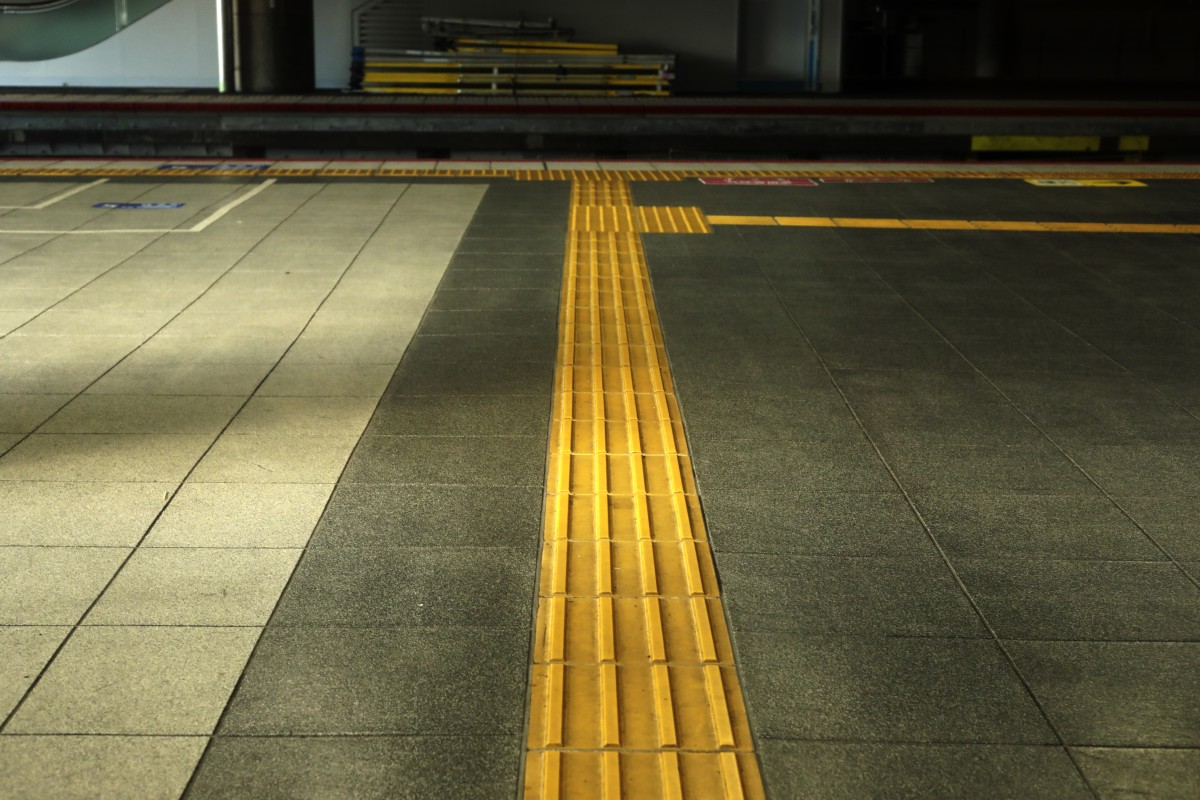
Braille in the Japanese Language
Braille writing in the Japanese language follows the 6-point structure like most countries. The points are numbered 1 to 6, with the three points on the left numbered 1 to 3 and the three points on the right numbered 4 to 6.
Present points are represented by “●” and absent points by “○”. It is important to note that this is how it is read and that, when writing with the help of devices such as a braille typewriter, the order of the dots is reversed due to the technique of pressing the dots on the back of the paper.
The Japanese language is traditionally made up of 3 alphabets, being hiragana, katakana and kanji. In braille this is simplified, the hiragana and katakana are the same and there is no kanji.
Basically, Braille in Japanese is what many foreigners and Japanese dream of, having an alphabet composed only of syllabic letters without ideograms, but we know that ideograms are important for understanding grammar and words with similar pronunciations.
We recommend reading: Why do the Japanese use ideograms (Kanji) in their language?
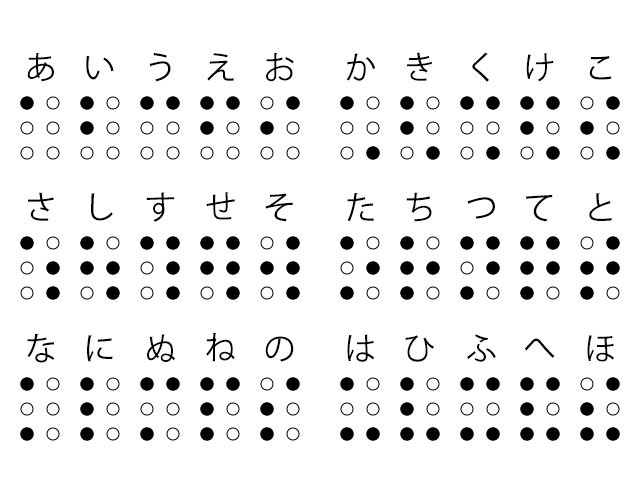
The article is still halfway through, but we recommend also reading:
How is Dakuten and contracted sound in Braille?
Unlike traditional Japanese, when a letter needs to have dakuten or handakuten (バパ), a structure with a dot in the number 5 for dakuten and 6 for handakuten is used before the Japanese letter.
We recommend reading: Dakuten and handakuten – Japanese quotes
The same happens with the contracted sound (きゃ) , which is marked at point number 4. The difference is in the letter, which will generally represent the sound of the small kana, for example: [きゅ] is used [く] and きゃ is used [か].
The dakuten can be mixed with the contracted sound, so in the previous fret we can mark the point 4 and 5 followed by [か] to represent [ぎゃ]. I don't know if you understand, but to make it easier, let's leave the images below:
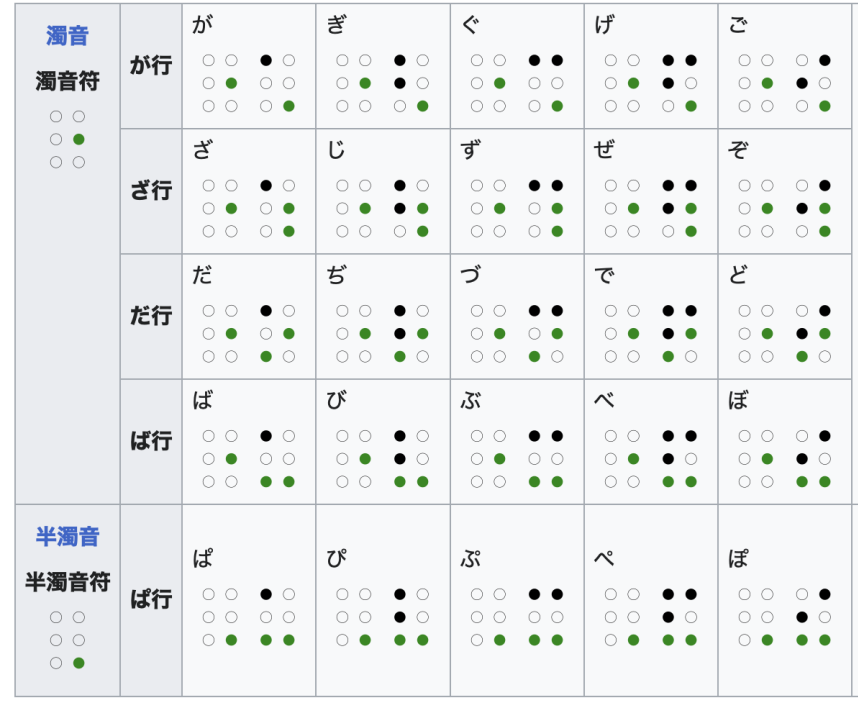
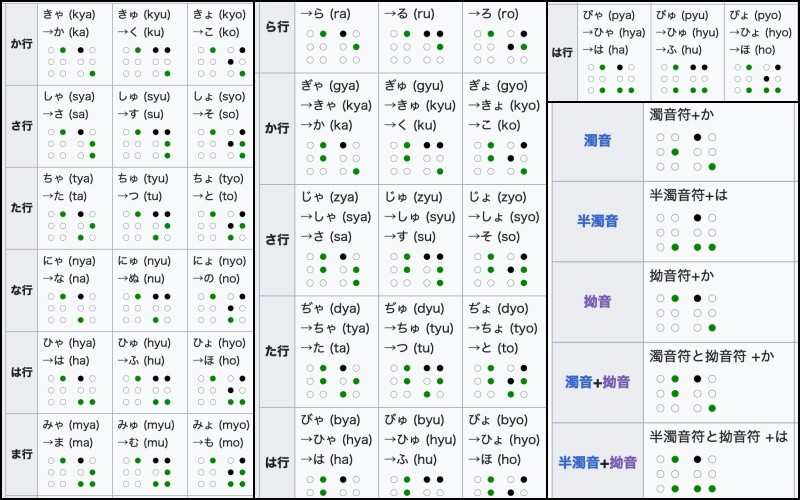
Braille communication using fingers
The communication system known as "hand scoring system" or "finger scoring system" is a way blind and deaf people use to communicate.
It uses six fingers (thumb, index, middle, ring, little) to represent the six dots of the Braille system. This system was created by Reiko Fukushima in 1981 and was presented in English at the 4th Helen Keller World Conference, held in Stockholm in 1989.
The manual scoring system follows Braille rules but has been adapted for conversational use. For example, it does not use spaces between words, does not use punctuation marks such as semicolons, uses phonetic punctuation, starts with the name of the person communicating, and uses abbreviations for common words.
The manual punctuation system is faster and more accurate than other forms of communication such as handwriting or manual communication system, and it can also be easily learned by those who already know Braille.


